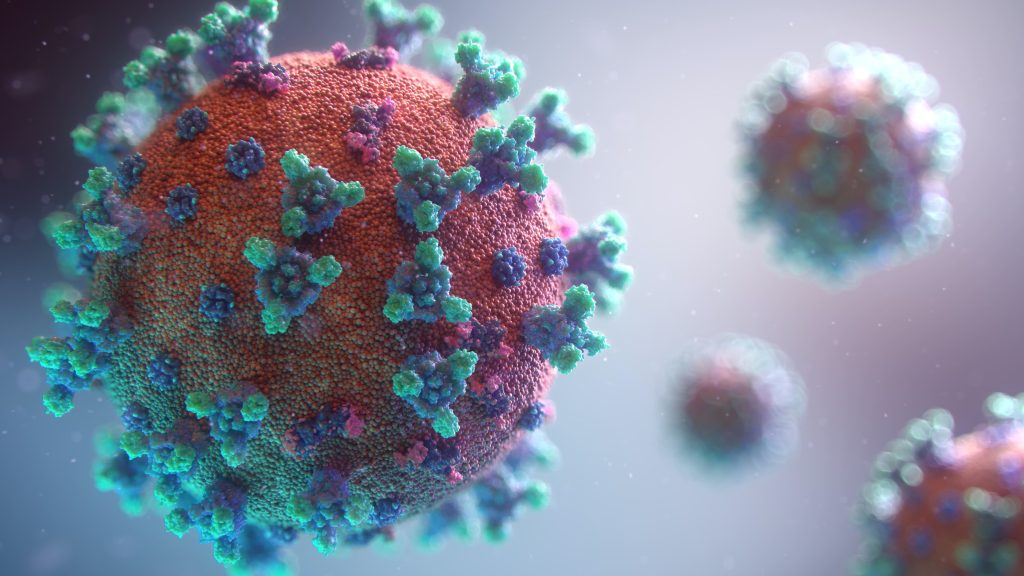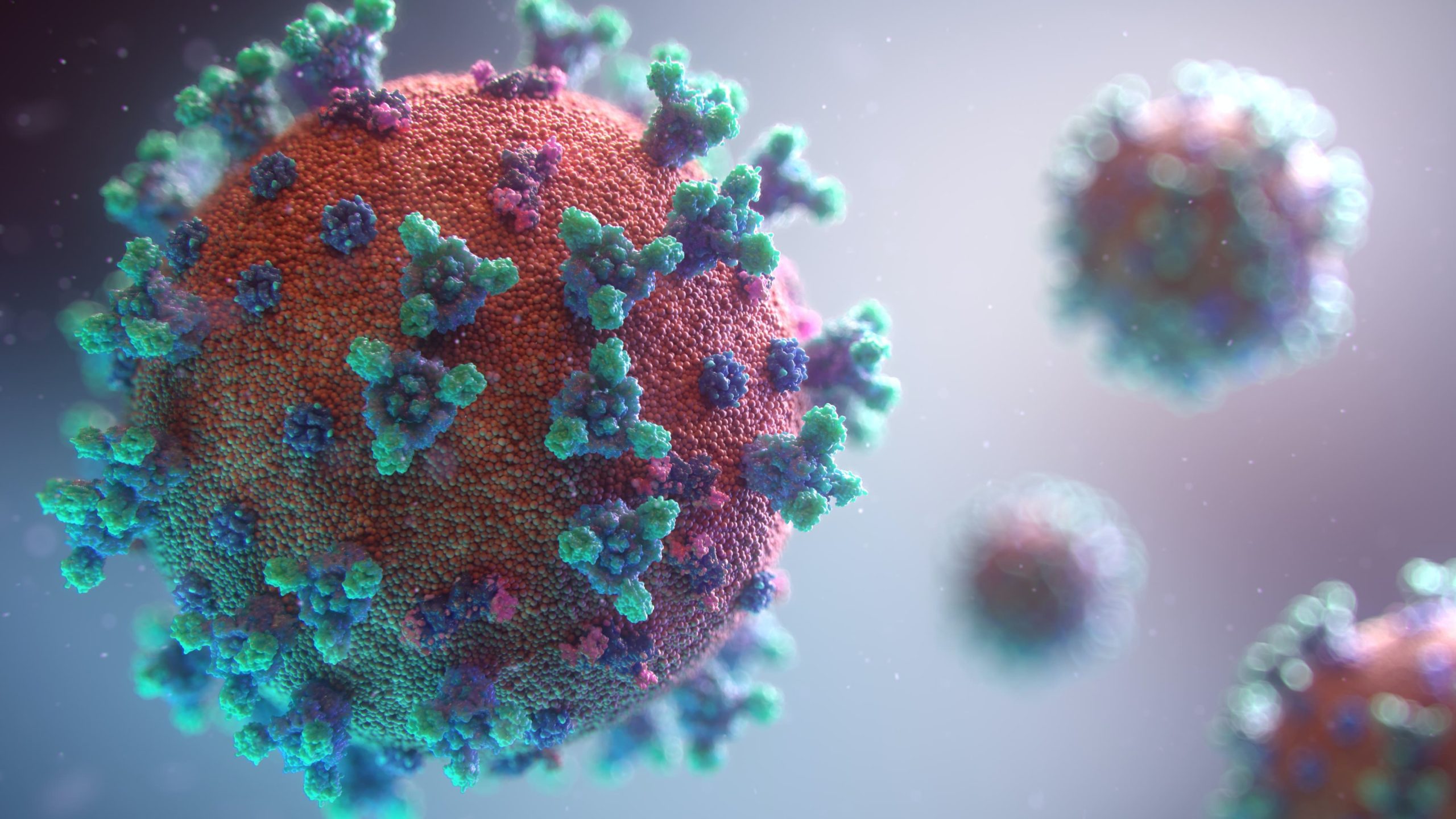As the COVID-19 pandemic continues to impact the world, innovative technologies are increasingly being used to combat the virus and mitigate its effects.
One of these technologies is 5G, which offers the benefit of fast wireless connection speeds in locations where fibre broadband is not accessible. This article delves into the unique ways 5G technology can be applied to address the challenges posed by the pandemic.
1. Real-Time Remote Healthcare Monitoring

5G technology can enable real-time remote monitoring of patients, providing healthcare professionals with instant access to vital information. This is particularly beneficial for those in quarantine or self-isolation, as it allows for continuous monitoring of their condition without direct contact. By reducing the strain on healthcare systems and minimising the risk of infection, 5G technology can help to save lives.
Moreover, 5G’s ultra-low latency can facilitate the development of advanced telemedical procedures, such as remote surgeries performed by robotic arms controlled by a surgeon in a different location. This capability can help to bring expert medical care to remote or underserved regions, while also reducing the risk of exposure to the virus for healthcare professionals.
2. Optimising Logistics and Supply Chains
The pandemic has highlighted the importance of efficient logistics and supply chains, particularly for essential goods such as medical supplies and personal protective equipment (PPE).
With 5G technology, logistics can be optimised through real-time tracking and monitoring of shipments, as well as improved communication between different parts of the supply chain. This can help to ensure that critical supplies reach their destinations more quickly and efficiently.
Furthermore, 5G technology can enable the use of autonomous vehicles, drones, and robots to deliver essential goods and services, minimising human contact and reducing the risk of virus transmission. These innovative solutions can streamline the distribution of critical supplies while also improving safety and efficiency.
3. Facilitating Smart Quarantine Solutions
5G technology can be used to create smart quarantine solutions, helping to enforce isolation measures and keep the public safe. By combining 5G’s ultra-low latency with advanced IoT devices and wearables, it is possible to monitor the health and movements of individuals in quarantine, ensuring that they adhere to restrictions and receive appropriate care.
In addition, 5G can support the development of innovative geolocation applications, allowing authorities to track potential virus outbreaks and monitor the effectiveness of containment measures. This real-time data can be invaluable in informing public health policy and guiding the allocation of resources.
4. Empowering Emergency Services with Augmented Reality (AR)
Augmented Reality (AR) has the potential to revolutionise emergency services, particularly in the context of the COVID-19 pandemic. 5G technology can support the widespread adoption of AR, enabling first responders to access real-time information on their surroundings, such as building layouts and medical records. This can help to improve the efficiency and effectiveness of emergency response efforts.
5G technology can also facilitate the use of AR in medical training, allowing healthcare professionals to simulate emergency situations and practice life-saving procedures in a controlled, virtual environment. This can enhance the preparedness of medical personnel and ultimately save lives.
5. Strengthening Connectivity in Rural and Underserved Areas
One of the key benefits of 5G technology is its ability to provide high-speed internet access in rural and underserved areas. This is particularly crucial during the pandemic, as it enables remote work, telemedicine, and online education to be accessible in communities that have previously been left behind. By bridging the digital divide, 5G technology can help to reduce the social and economic impacts of the pandemic.
Expanded access to high-speed internet can also empower local communities by facilitating the dissemination of crucial information regarding the virus, public health measures, and available resources. This improved connectivity can help to keep people informed, enabling them to make better decisions to protect their health and the wellbeing of their communities.
6. Enhancing Research and Collaboration
5G technology can play a significant role in accelerating research and collaboration efforts to combat COVID-19. High-speed connectivity enables researchers to share large volumes of data and collaborate on complex projects in real time, fostering the rapid development of vaccines, treatments, and other essential tools to fight the pandemic.
Furthermore, 5G can support the use of advanced AI and machine learning algorithms to analyse vast amounts of data, identifying trends and patterns that can inform public health strategies and contribute to the global understanding of the virus.
Conclusion
5G technology has the potential to play a vital role in addressing the unique challenges posed by the COVID-19 pandemic. From real-time remote healthcare monitoring to optimising logistics and supply chains, 5G offers a range of benefits that can help to mitigate the impact of the virus. By embracing this technology, we can work together to overcome the challenges of the pandemic and build a more resilient future.

I’m Roger, and I’m the founder of Broadband 4 Europe.
I grew up in Switzerland but live in Germany now, and also lived in South Tirol for a while in the past.
I have a background in IT and have performed extensive research into the broadband markets of most major European countries. Learning about fixed-line broadband markets is my nerdy hobby, but I’m also excited by the possibilities that 5G (and eventually 6G) broadband will provide us in the future.
When I’m not researching broadband companies and their networks, you’ll find me playing volleyball or the piano.

